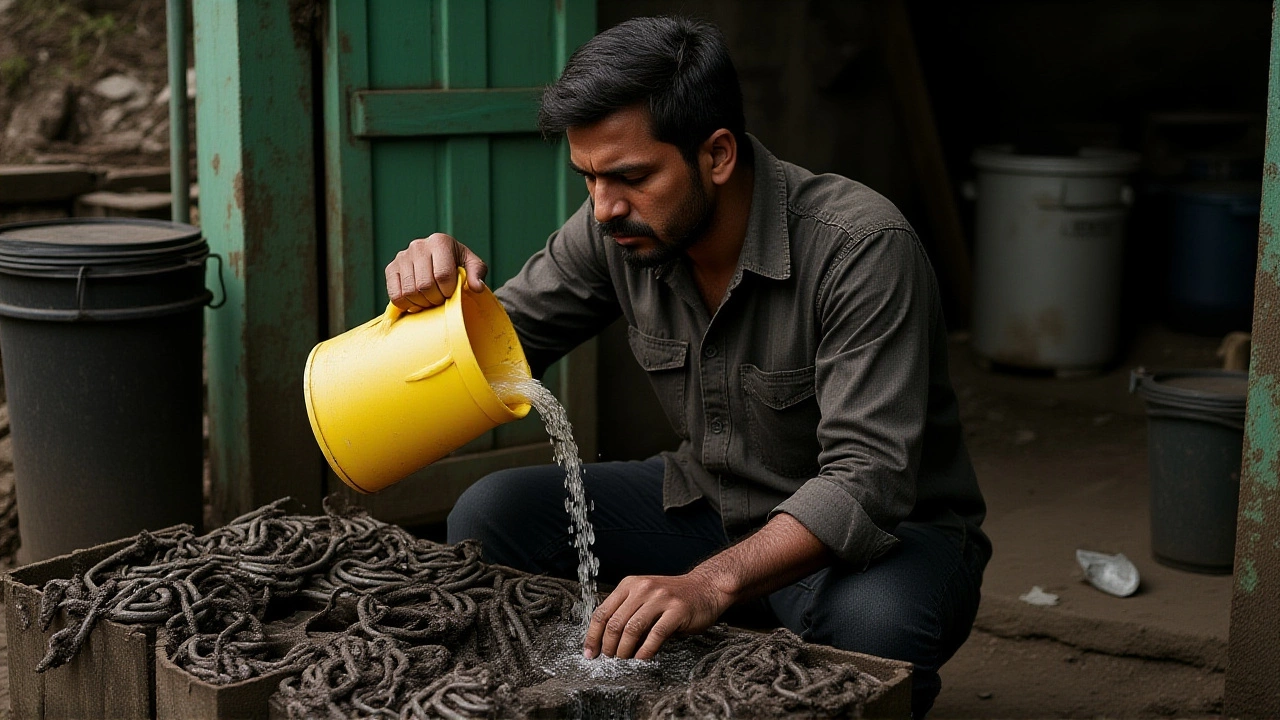Code on Social Security: What It Means and How It Affects You
When we talk about the Code on Social Security, a unified Indian labor law that consolidates 29 old statutes into a single framework for worker protections. Also known as the Social Security Code, 2020, it’s not just legal paperwork—it’s the backbone of how millions of workers get healthcare, pensions, and unemployment support.
This code doesn’t just cover factory workers or office employees. It reaches into the lives of delivery riders, domestic helpers, street vendors, and gig workers who never had formal benefits before. For the first time, platform-based workers like those on Swiggy or Ola are included under its umbrella. The government made this change because the old system was a mess—different rules for different jobs, no clear way to claim benefits, and too many people falling through the cracks. Now, employers must contribute to social security funds, and workers can track their entitlements digitally. It’s not perfect, but it’s a step toward fairness.
Related to this are things like welfare programs, government-funded schemes that provide food, cash, or medical aid to low-income families, and pension systems, structured savings plans that pay retirees a regular income. The Code on Social Security ties these together under one legal roof. You’ll find that some of the posts below talk about how workers in Gujarat or Jharkhand are affected by these changes, or how informal laborers are finally getting access to insurance. Others show how companies are adjusting their payroll systems to comply. There’s no magic fix here—implementation is uneven, awareness is low, and many still don’t know they’re entitled to anything. But the framework exists now, and that’s where real change begins.
What you’ll find below aren’t dry legal analyses. These are real stories—from women selling liquor in Jharkhand trying to access benefits, to Infosys workers wondering how buybacks affect their long-term security, to migrant workers navigating life after the pandemic without safety nets. This isn’t about policy theory. It’s about what happens when a law meets life on the ground. And if you’ve ever wondered if the system works for people like you, these posts will show you exactly where it does—and where it still falls short.
